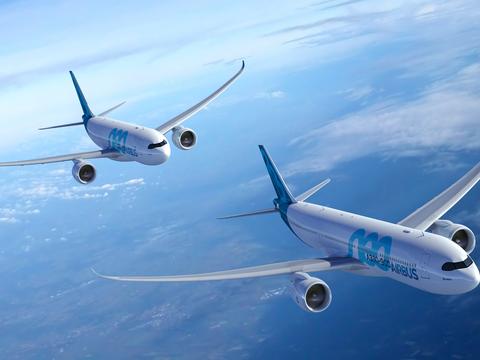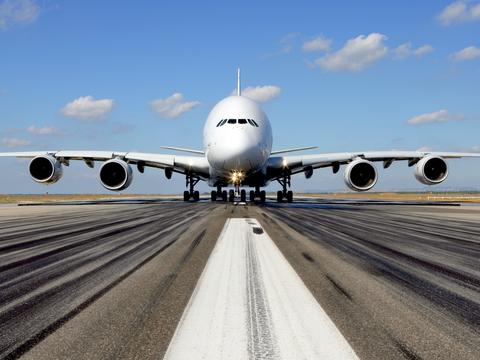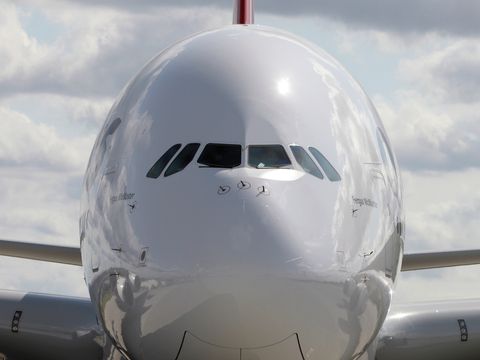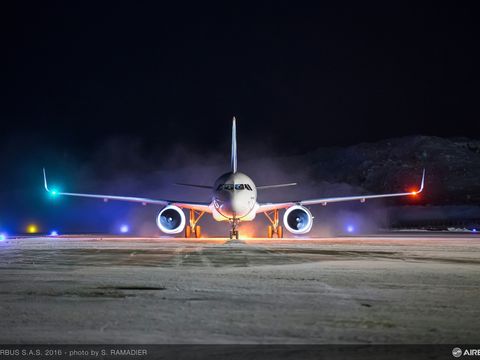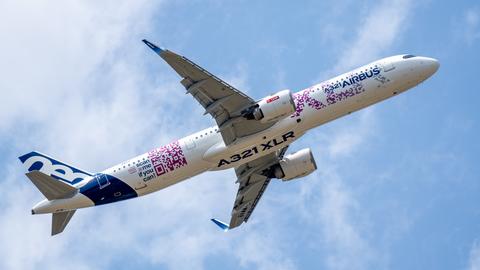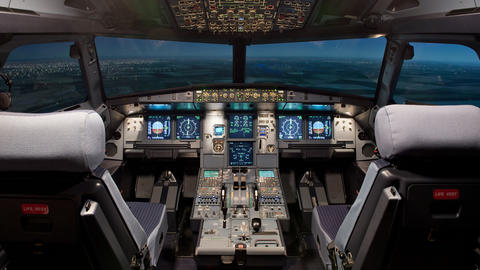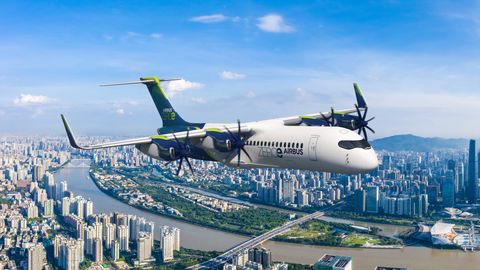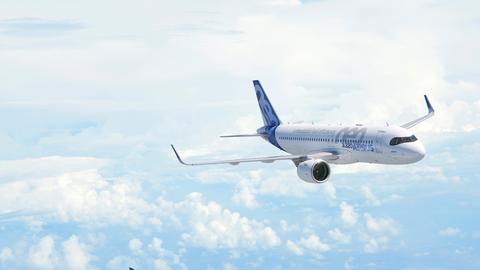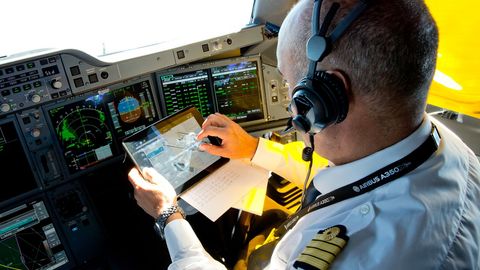Airbus aircraft connect the world
Wherever you want to travel, our family of Airbus passenger aircraft can take you there, blending comfort, safety, and efficiency. From our latest-generation single-aisle A220 and A320neo families, to our widebodies, the A330neo, A350, and the world's largest jetliner, the A380. Our fleet of aircraft offer passengers an unparalleled flying experience, featuring full digital connectivity across all models. Our award-winning Airspace cabin is available for all our aircraft, providing passengers with a seamless blend of modern fixtures, enhanced mood lighting and exceptional comfort.
All current Airbus aircraft have achieved significant reductions in fuel consumption level compared to the previous generation of aircraft. They are all also capable of flying on a 50% blend of sustainable aviation fuel (SAF), a key part of our efforts towards lower-emission aviation. While innovation and decarbonisation guide our efforts to constantly improve our aircraft, safety remains at the core of everything we do. Advances in technology have been complemented by effective regulation, a strong safety culture and improved training to make this generation of aircraft the safest one yet.
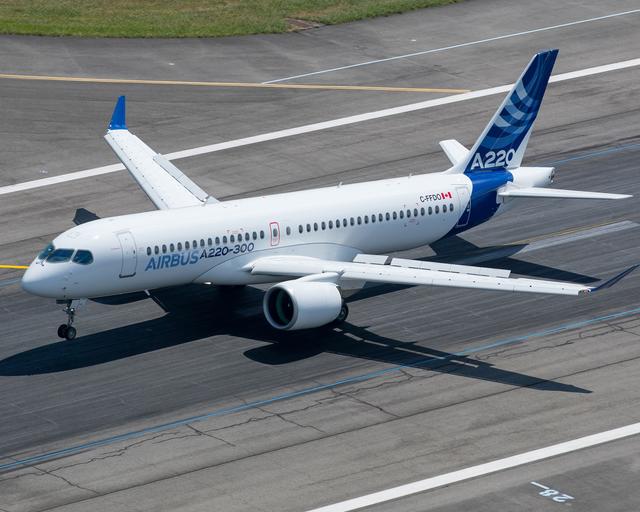
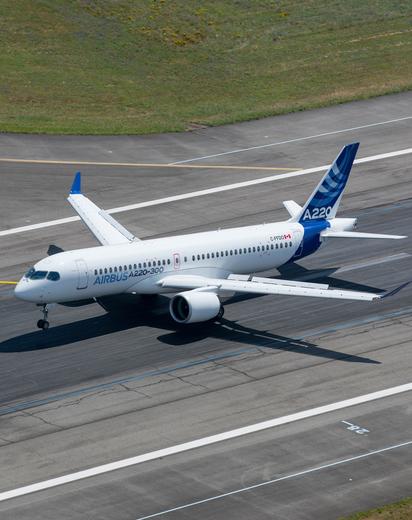
A220 Family, purpose-built single-aisle
The Airbus A220 redefines the experience of regional flight with exceptional comfort, advanced technology and fuel efficiency.
Designed for short-haul to medium-haul flights, the A220 features a roomy cabin and wide seats in a four or five-abreast layout that ensure optimal passenger comfort.
It is the most fuel efficient aircraft in its category, boasting 25% lower fuel burn per seat when compared to previous-generation aircraft.
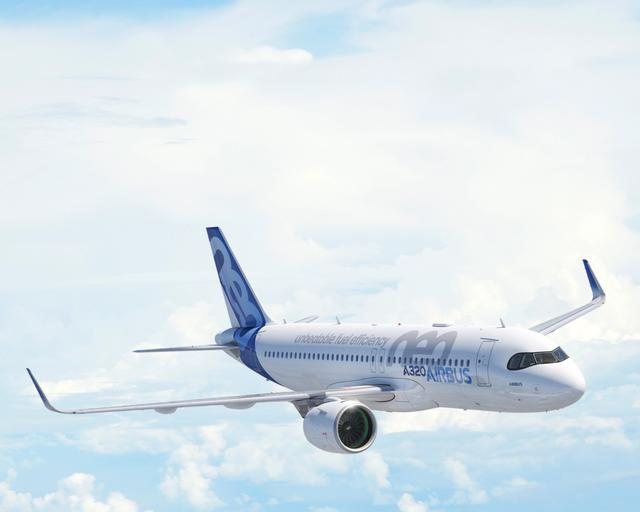
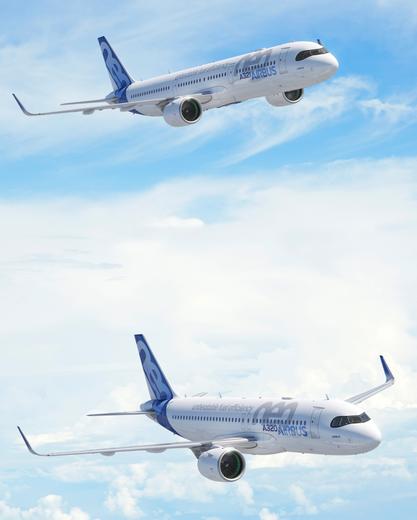
A320 Family, the most delivered aircraft
The A320 is the world's best-selling single-aisle aircraft family, offering unmatched reliability and efficiency. With one of the widest single-aisle cabins in the sky, passengers benefit from standard 18-inch-wide seats in economy, as well as quieter cabins.
The A320neo Family includes the A319neo, A320neo, A321neo and A321XLR aircraft.
The fuel-efficient NEO aircraft benefit from 20% lower fuel burn than the previous generation, reducing emissions, while the XLR delivers a 30% reduction in fuel burn.
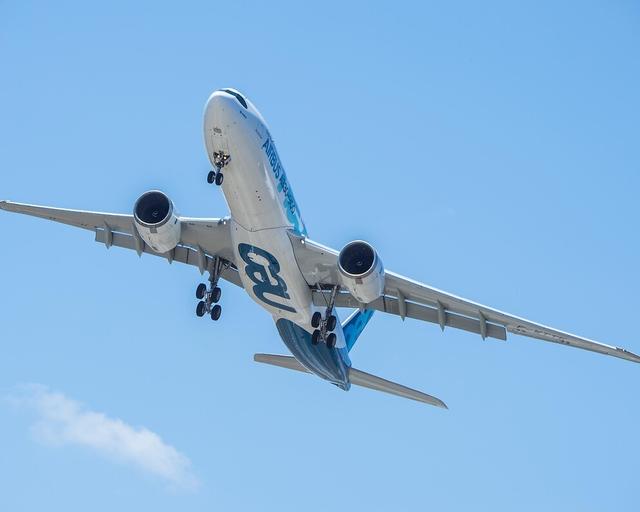
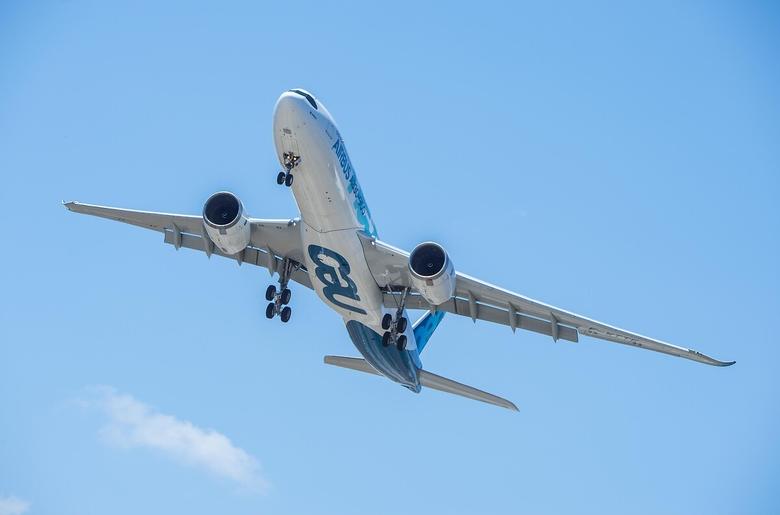
A330 Family, the versatile widebody aircraft
The A330 Family combines long-haul range with a high level of passenger comfort for maximum flexibility.
Able to accommodate 220 to 465 passengers, the widebody aircraft can be used for everything from short domestic flights to trans-Pacific journeys topping out at 17 hours.
A favorite of both low-cost and premium carriers alike, passengers enjoy the A330’s larger overhead storage compartments and customised lighting.
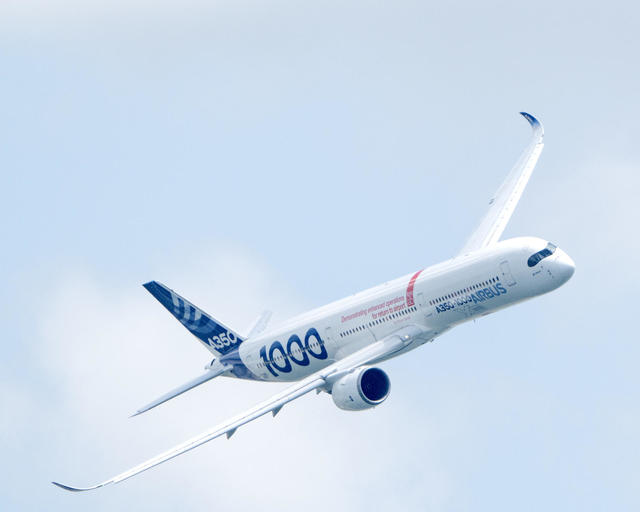

A350 Family, the long-range widebody aircraft
The A350 is a modern long-range aircraft that boasts the world's quietest twin-aisle cabin, making it a favorite of passengers around the world.
Its high-tech cabin features a window for every row, improved lighting and enhanced air filtration systems for optimal passenger comfort.
The A350-900 and A350-1000 are the only large widebody aircraft capable of serving all major markets, and they use 25% less fuel than previous generation aircraft.
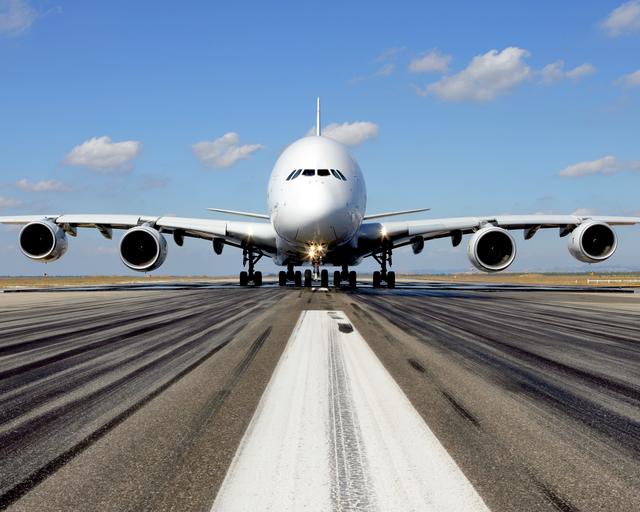
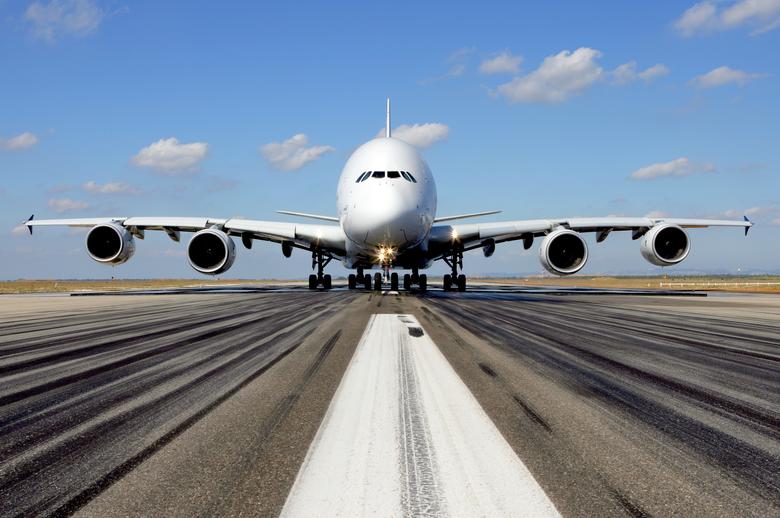
A380: the world’s largest passenger aircraft
As the world's largest passenger aircraft, the A380 offers a truly unique flying experience.
Featuring two full-length flight decks, it has plenty of space to move around and large overhead bins, making it a favourite of passengers around the world.
The A380 also redefined luxury air travel, serving as the flagship of certain premium carriers. While Airbus no longer produces the A380, many airlines still operate it and Airbus will continue to support them.
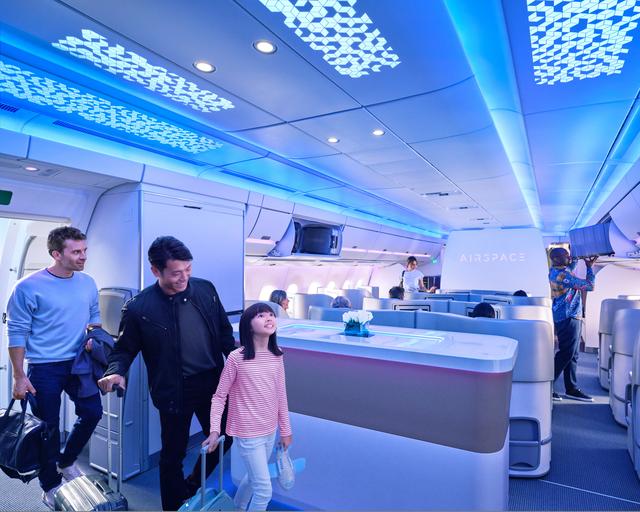
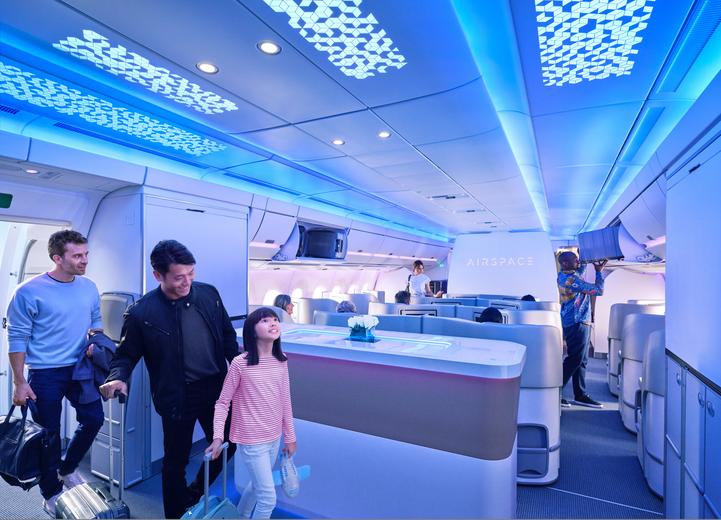
Elevated passenger experience
Airspace cabin innovation
Airbus' Airspace cabins feature innovative design choices that enhance passenger comfort and improve the flying experience. Available on all our aircraft, the Airspace cabin features spacious, modern interiors with larger overhead bins and improved lighting to create a relaxing atmosphere. The cabin offers noise reductions and its ergonomic design maximises space to offer wider seats and more leg room. Passengers enjoy enhanced air quality and fully connected digital experiences.
Pioneering sustainable aerospace
Sustainable aviation fuel (SAF)
Sustainable aviation fuel (SAF) can reduce CO2 emissions from flight by up to 80% across the fuel lifecycle. All Airbus aircraft can fly using a 50% SAF blend and we are conducting flight tests to confirm their ability to fly with 100% SAF.
Learn more about sustainable aviation fuel
Hydrogen propulsion
Hydrogen propulsion aircraft could reduce aviation's reliance on fossil fuels. Our ZEROe demonstrator is powered by hydrogen fuel cells, which transform the hydrogen into electricity through a chemical reaction. Learn more about hydrogen propulsion
Hybridisation and electric flight
Hybrid-electric propulsion has the potential to reduce fuel consumption by up to 5% compared to a standard flight. Airbus is working closely with key industry players to advance hybridisation research. Learn more about hybridisation and electric flight
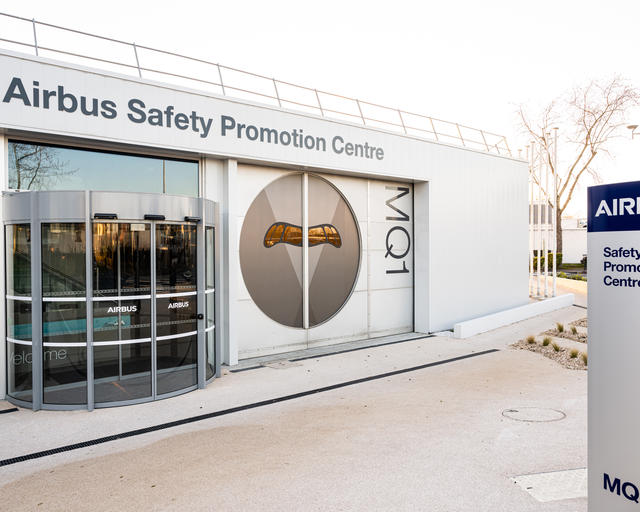
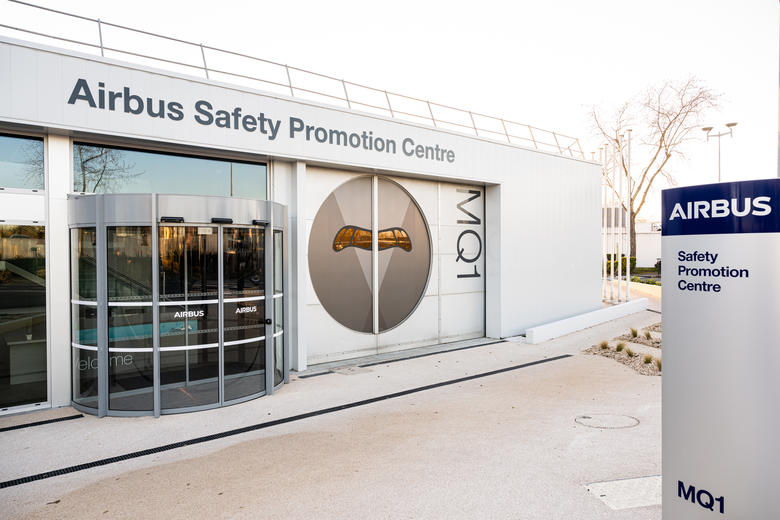
Safety and well-being at the heart of every journey
The number one priority of Airbus is the safety of everyone and everything that flies aboard one of our aircraft. No accident is ever acceptable. Our commitment to providing safety support for Airbus aircraft in operation applies for as long as an aircraft is in service. We recognise that the safety of a flight means aircraft must not only be safely designed, tested and built, but also safely maintained and flown by trained operators in a safe environment. Airbus cooperates closely with partners worldwide on safety.
Frequently asked questions
About Airbus Aircraft
What are the different passenger aircraft models offered by Airbus?
What is the most popular Airbus aircraft?
The Airbus A320 Family is the world’s most popular single aisle aircraft, with more than 19,000 orders globally. The Family offers a minimum of 20% fuel savings and CO₂ reduction compared to previous generation single-aisle aircraft, and features the widest single-aisle cabin in the sky, maximising passenger comfort.
What is the world's largest passenger aircraft?
The Airbus A380 is the world's largest passenger aircraft, certified to carry a maximum of 853 passengers.
How many passengers can an Airbus aircraft carry?
What does NEO mean?
NEO stands for 'new engine option'. It is applied to the updated version of certain aircraft that feature more fuel-efficient engines and aerodynamic improvements compared to the original model. On the A320 Family, NEO aircraft are fitted out with either CFM International LEAP or Pratt & Whitney PW1000G engines, while for the A330 Family the new engine is the Rolls-Royce Trent 7000.
Where are Airbus passenger aircraft manufactured?
Airbus has five final assembly lines located around the world. They are located in Toulouse, France (A320 , A330, and A350 Families); Hamburg, Germany (A320 Family); Mobile, Alabama, US (A220 and A320 Families); Tianjin, China (A320 Family); and Mirabel, Canada (A220 Family).
Do Airbus aircraft fly with sustainable aviation fuel (SAF)?
All Airbus aircraft can already fly using a 50% SAF blend and the next generation of single-aisle aircraft will be able to fly on 100% SAF. In 2024, Airbus increased the percentage of SAF used in its own operations to 16%, with an ultimate target of using at least 30% SAF in its global fuel mix by 2030. We also provide SAF free of charge to customers taking delivery of new aircraft; in 2024, 75% of our aircraft deliveries used a SAF fuel blend.
How does Airbus reduce the environmental impact of its aircraft?
Airbus is committed to reducing the impact of its aircraft through a multi-prong approach to decarbonisation. This includes:
- accelerating fleet renewal to improve the fuel burn of the global aircraft fleet
- improving aircraft and air traffic operations
- investing in SAF and carbon compensation and neutralisation solutions
- researching non-CO2 emissions
- supporting the energy transition through the development of lower-emission propulsion technology.
The latest in commercial aircraft
In the spotlight
-
Airbus completes acquisition of Spirit AeroSystems sites
Press Release
Commercial Aircraft
Airbus has taken ownership of some former Spirit AeroSystems assets. Read more about it. -
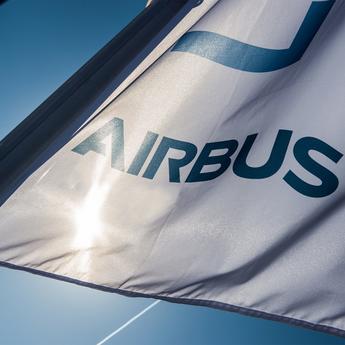
Airbus updates 2025 commercial aircraft delivery target, maintains financial guidance
Press Release
Company
-
Airbus provides update on deployment of A320 Family precautionary fleet measures
Press Release
Commercial Aircraft
-
Airbus update on A320 Family precautionary fleet action
Press Release
Commercial Aircraft
-
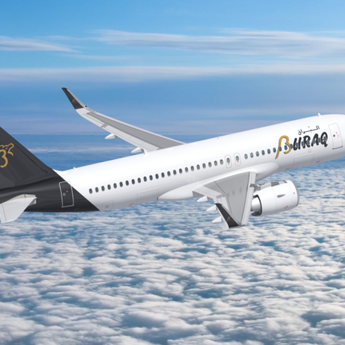
Buraq Air to become new Airbus customer with a commitment for 10 A320neo Family
Press Release
Commercial Aircraft




